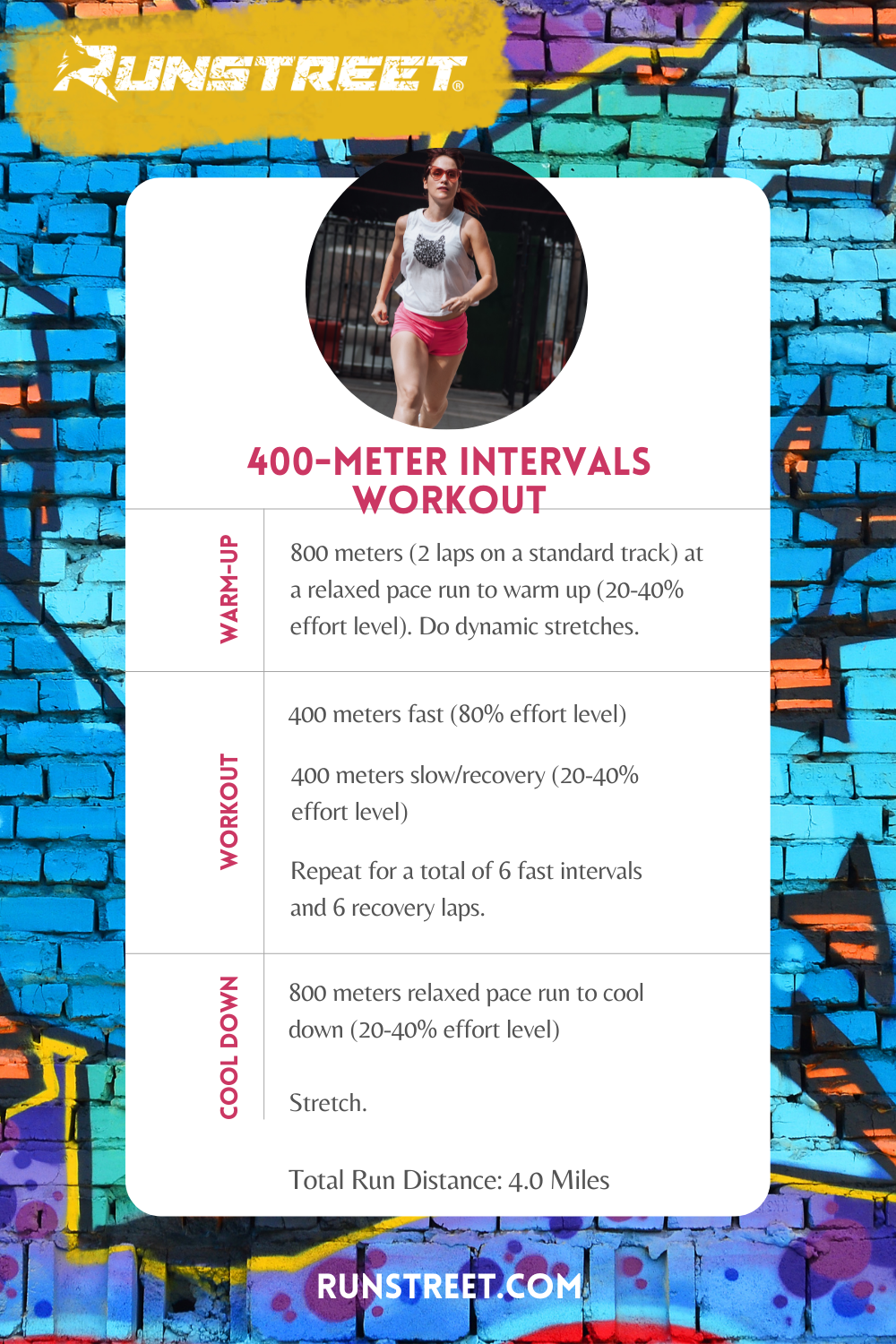The Ultimate Running Strategy Guide: Achieve Your Fitness Goals
The Ultimate Running Strategy Guide: Achieve Your Fitness Goals
Blog Article
The Ultimate Guide to Taking Care Of Pain When Running
Whether you are a seasoned marathoner or simply starting your running trip, understanding the different kinds of pain that can develop and the methods to resolve them is important. From pre-run workout routines to proper footwear option, there are numerous elements to think about when it comes to dealing with discomfort while running.

Comprehending Various Sorts Of Running Pain
When running, it is vital to compare different kinds of pain to avoid injuries and take full advantage of efficiency (Read More). One common sort of discomfort that joggers might experience is muscle discomfort, which typically arises from the stress placed on muscles during workout. This kind of discomfort is often a regular part of the running process and can be handled via proper workout, cool-down, and extending routines
Another kind of discomfort to be familiar with is joint pain. Joint pain can indicate issues such as overuse, inappropriate type, or underlying problems like joint inflammation. Disregarding joint pain can lead to much more extreme injuries, so it is critical to attend to any discomfort quickly and possibly seek specialist recommendations.
Additionally, sharp or stabbing discomforts must not be neglected. These kinds of pain can signify intense injuries such as stress, strains, or stress and anxiety fractures - running workout. Remaining to run with these kinds of discomfort can worsen the injury and prolong recuperation time

Pre-Run Workout and Extending Regular
To prepare the body for a running session, applying a reliable pre-run warm-up and extending regular is important. A proper workout assists raise blood flow to the muscles, enhances versatility, and decreases the risk of injury during the run. By incorporating a regular pre-run warm-up and extending regular into your running program, you can optimize performance and decrease the threat of discomfort or injury.
Proper Footwear Choice and Fit
Selecting appropriate shoes that fits well is essential for joggers to avoid discomfort and decrease the threat of injuries. Uncomfortable shoes can bring about blisters, black nails, shin splints, and various other painful conditions that can impede performance and sideline training. When selecting running shoes, it is necessary to think about factors such as foot type, running gait, arch support, padding, and footwear size. running strategy. Seeing a specialized running store for a stride evaluation and specialist installation can assist guarantee that you select the right shoes for your private needs. Running shoes should supply adequate support and security while likewise being comfortable and lightweight. Furthermore, it is advised to change your operating footwear every 300-500 miles to maintain correct cushioning and support. Buying top quality shoes that is appropriate for your running design and foot anatomy is an aggressive step towards protecting against pain and injuries during your runs.
Nutrition and Hydration Tips for Pain Prevention

Hydration is just as critical for joggers to avoid aches, dehydration, and various other pains that can lead to discomfort during running. By focusing on nourishment and hydration, runners why not try these out can enhance their performance, decrease pain, and take pleasure in a much more comfortable running experience.
Post-Run Recovery Techniques to Reduce Pain
Carrying out efficient healing techniques is necessary for easing discomfort and advertising muscular tissue recovery after running sessions. In addition, icing aching locations for 15-20 minutes can aid decrease swelling and numb pain post-run.
Eating a balanced treat or meal that includes healthy protein and carbs within 30 mins of finishing a run can help repair muscle cells and restore power shops. By integrating these post-run recovery strategies right into your regimen, you can properly take care of pain and optimize your running efficiency.
Verdict
To conclude, resolving various sorts of running pain with appropriate workout, extending, footwear option, nourishment, hydration, and post-run recuperation strategies is vital for pain avoidance and management. By understanding the sources of discomfort and applying these techniques, joggers can reduce pain and potential injuries. It is important to focus on total physical health and well-being to make certain an effective and satisfying running experience.
Report this page